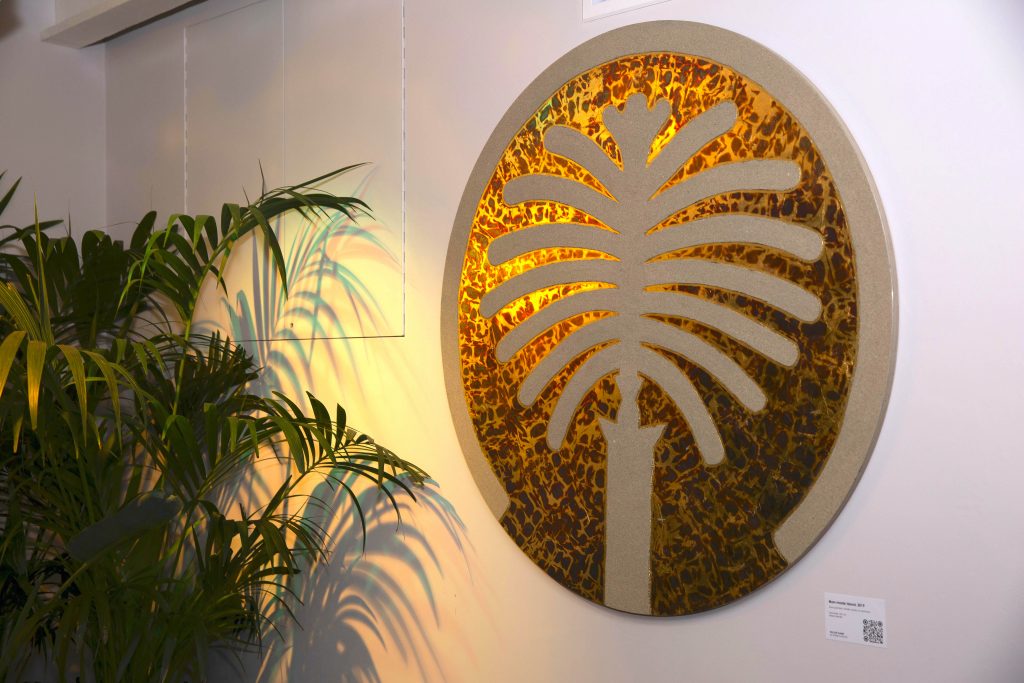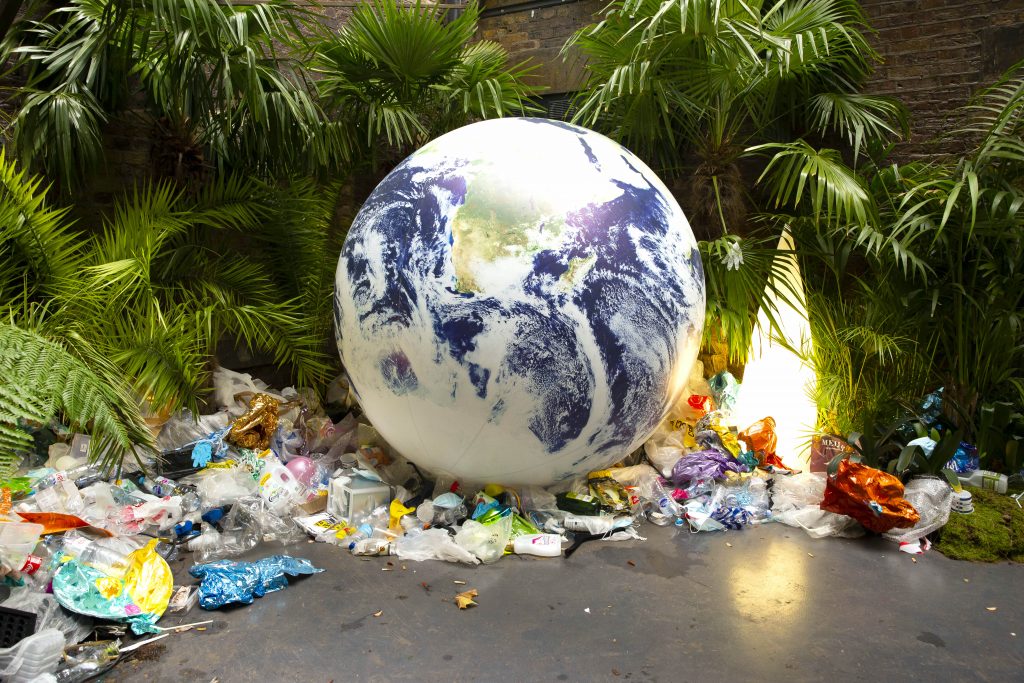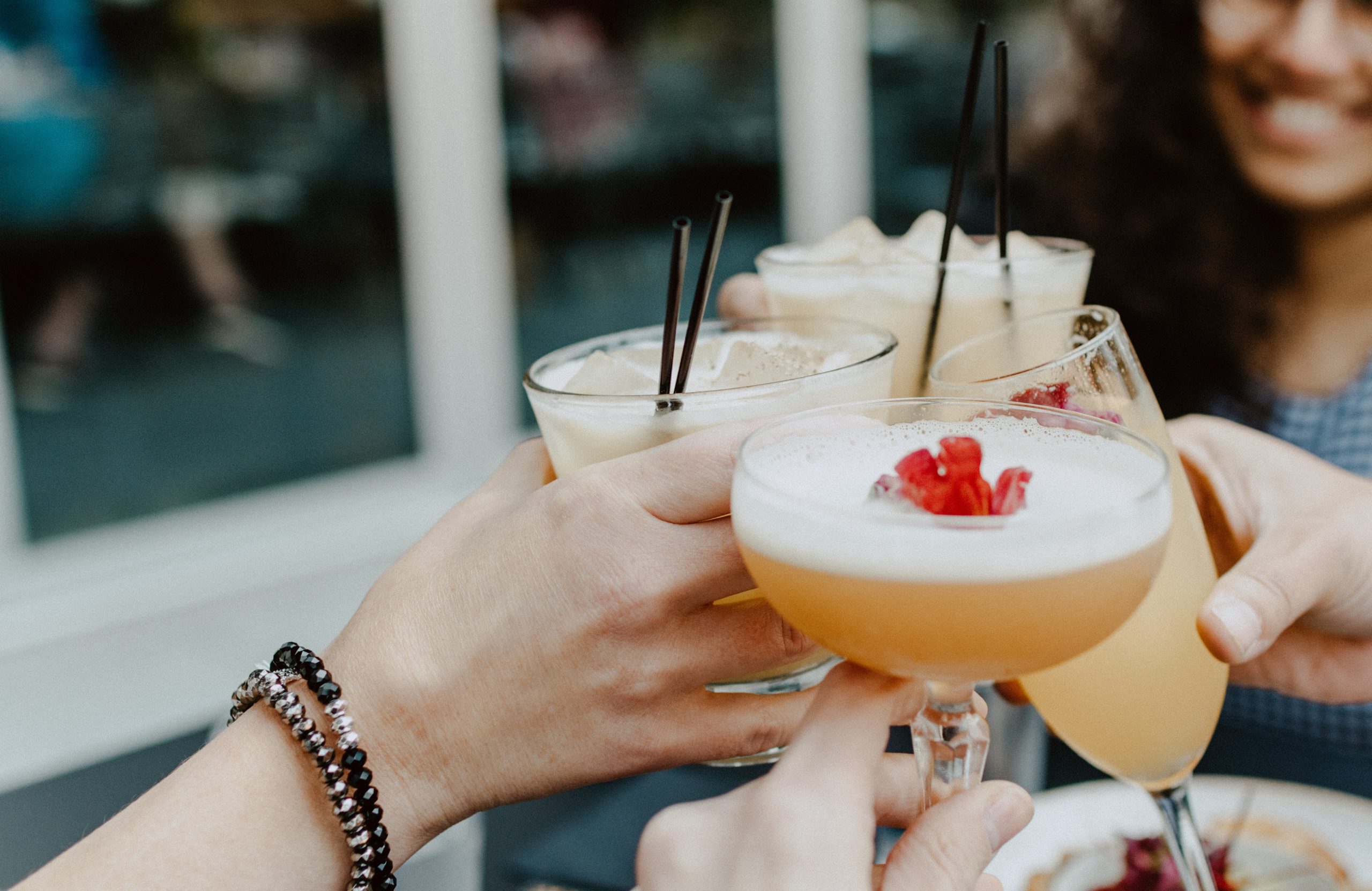Natalia Kapchuk is a Russian-born artist based in London. Using combinations of different media, she highlights key ecological issues and the global effects caused by human pollution. Kapchuk’s focus is all life on this planet, biodiversity, ecosystems and the vast expanses of our oceans. Her exquisite works have appeared in many international group exhibitions and her artworks are held in private collections throughout the UK, UAE, Switzerland, India and Russia. Her recent video installation The Lost Planet was her first solo exhibition in London.
Natalia, now that The Lost Planet exhibition has reached the end, how are you and how do you feel?
Natalia Kapchuk: Thank you, I am great! At first, I felt sad that it was over, but at the same time, happy and enthusiastic. The Lost Planet’s first show was a success, proving that all the hard work spent creating pieces, highlighting different environmental issues, and preparing installations was worth it.
How did the show go? What was the response? What were your mission and message?
Natalia Kapchuk: I am overjoyed with the positive responses I received from the public. During such unprecedented times, we safely welcomed around 5,000 visitors to the show. The amount of love and favourable comments I’ve received has been so gratifying. Visitors expressed how touched they were by my works.
I believe I achieved my goal of impacting the viewer, pushing them to think about the status and future of our beloved planet. I aimed to spread awareness, showing that there is always an opportunity to reform one’s attitude towards wildlife and nature conservation.
Let’s talk about your works in detail. Can you elaborate on the material choices and the shapes and sizes of the pieces? What impact did this have on the overall energy of The Lost Planet?
Natalia Kapchuk: I was very strategic with my selections. To create my artworks, I used different mediums, pairing together natural and industrial materials to show how everything in the world is interconnected. I highlight that we as humans have to be mindful when utilizing both natural and man-made resources. All the pieces have a round shape, with sizes between 100 and 150cm in diameter.
Natural elements I used included sand, volcanic stone, ash, crystals, fermented moss, dry flowers and tree bark. For industrial materials, you’ll notice resin, resi-crete, paints, metal leaf and cement. Experimenting with different mediums, I formulate innovative ideas that help me express a powerful visual statement, much like my pieces made of fibreglass. In my artwork about plastic pollution, I create a canvas from single-use plastics and resin. Also, including LED light strips around some of the works gives them even more emotional impact.
Was it hard to find all the natural materials you needed?
Natalia Kapchuk: It was a long process of collecting materials, getting ideas, experimenting, and creating, not to mention the universal pause of Covid-19. Ultimately, it took about two and a half years to complete over 34 artworks.
I found that natural materials were both the easiest and trickiest mediums to work with. I found natural elements to be the easiest to procure. For example, I collected volcanic rock from the Stromboli Volcano, just north of Sicily, and sand from the deserts of Dubai. With materials like moss and dry flowers, due to their fragility, the challenge was to preserve their form and beauty in a way that would last forever.
Natalia, with your previous works, every piece told a story. What triggered you to tell the story of The Lost Planet body of work?
Natalia Kapchuk: You are correct. With each creation, I always intend to a story, whether that is my own outward observations or by leaving all interpretations for the onlooker. With The Lost Planet series, these two collided. As I explored parts of the world, problems facing the natural ecosystems were apparent and obstructing the natural beauty I was hoping to see. Noticing these ecological issues weighed heavily on my heart.
How can we humans continue without taking into consideration the diversity and balance of flora and fauna?
Are our temporary pleasures today more important than the prosperity of the planet’s future? It can’t be. However, the more I travel and explore, the more I see the negative and dire consequences of human behaviour on nature.
Our planet is going through an environmental crisis – that is the story I wanted to tell. I wanted to juxtapose the natural beauty of the Earth with issues such as plastic pollution, deforestation, coral bleaching, air pollution, oil spills, melting glaciers and wildfires.
You are portraying light and darkness by juggling earthly beauty and the issue of climate crisis. How easy is it to deliver such an important message while keeping the underlying beauty of the piece?
Natalia Kapchuk: I must say, it was not an easy task. Drawing attention to the environmental crisis is one thing. Expressing the beauty and importance of nature is another. However, finding the balance between the two is where I ran into difficulty. There was a middle ground between appreciation and awareness that I wanted to achieve, and the harmony of the two was my goal. I found it counterintuitive to focus only on the negative aspects as my goal is to instil hope. I had to overcome this to achieve the results I intended.
How sustainable are your artworks and the materials you use? How is the art industry itself responding to the climate emergency?
Natalia Kapchuk: Sustainability is at the forefront of my artwork, especially when bringing awareness to the topics I speak about. In numerous pieces in The Lost Planet installation, I made a point of incorporating single-use plastics collected from beaches and places around the world, to highlight plastic pollution. I carry this habit into my studio, as I have given up buying wasteful mixing bowls. I now repurpose collected plastic bottles and containers for paints before their final resting place at recycling facilities.
I cannot speak for the whole art world, but I hope they will follow suit. Much like the fashion industry, recycling and focusing on being less wasteful has become more important.
What’s next for The Lost Planet?
Natalia Kapchuk: Currently, I am working on a collection of artworks from The Lost Planet series for Expo 2020 Dubai, which was postponed due to the COVID-19 pandemic. I will present my art in the Antigua and Barbuda Pavilion. This small country is a pioneer in the fight against marine plastic pollution, banning single-use plastic bags back in 2016, so it is an honour to be in their company. The organizers expressed joy at how I repurposed plastics within my artworks. It resonates with the ethos of their country and the environmental strategies they’ve implemented.
This fall, the video installation I created as a part of The Lost Planet series, will showcase in France at the prestigious Château de Crémat and the historic Trophy of Augustus.
Tell us about some of the organizations you support and what they do?
Natalia Kapchuk: I support various charities and collaborate with WWF, Plastic Oceans, Better World Forum, EarthWatch Europe and the Born Free Foundation. Plastic Oceans Europe works to foster sustainable communities worldwide to end plastic pollution. EarthWatch Europe drives the change needed to live within our means and in balance with nature.
As a part of The Lost Planet exhibition, I hosted a panel discussion with representatives of Plastic Oceans Europe and Earthwatch Europe, experts from the Royal Geographic Society and MP Barry Gardiner. The debate, moderated by BBC journalist Samantha Simmonds was titled: “Is This Planet Earth’s Dying Century?”. Held on the eve of COP26, the timing was perfect.
Follow Natalia Kapchuk on Instagram at @kapchukart for regular updates on her work.









